The Gujarati house-holds follow a particular pattern when it comes to meal planning. Each day has a are certain meal -combinations, like on Wednesdays we invariably have moong on the menu, on Thursdays there has to be a chana dal preparation and so forth. So when the menu has foods that do not suit the elderly the home maker would ensure there was either Khichri or Bhaidku or Thuli on the menu. These are foods that easy to chew and digest, very apt for the family elders. Bhaidku is a millet and legume mixture, essentially bajra and moong-dal. The word Bhaidku derives from the verb Bharadvu – which in Gujarati means ‘to grind.’ The mix is ground coarsely which gives the cooked Bhaidku some texture. In the bygone times when all the grains were ground manually Bhaidku, Thuli, Lapsi flours that are either coarse or gritty would have been quite a relief for the lady assigned with the task of grinding.
In the countryside, spiced Bhaidku is had with millet rotla ( the millet flat bread). During the times when there were no roadside food-joints the folks would carry it while traveling as it was easy to carry porridge. The millets are very filling and slow to digest so a bowl of Bhaidku would keep us full for very long time. And because of this quality it is also a preferred breakfast porridge and is usually had with milk. Since it is made quite often for breakfast, I developed a liking for it. I can understand it might not look vey appetizing but if we look at it from nutritional aspect it is a mix that the ‘doctors ordered.’
Our neighborhood flour mill prepares their in-house Bhaidku mixture, the ‘7-dhaan’ or 7 grain Bhaidku mix. For every 1 kilo Bajra (pearl millet) they add 100 grams each of yellow moong dal, chana dal, rice,wheat, jowar and maize. All of these grains are ground to a coarse mix. You may prepare the Bhaidku mix at home because outside Gujarat this is a difficult flour to find.
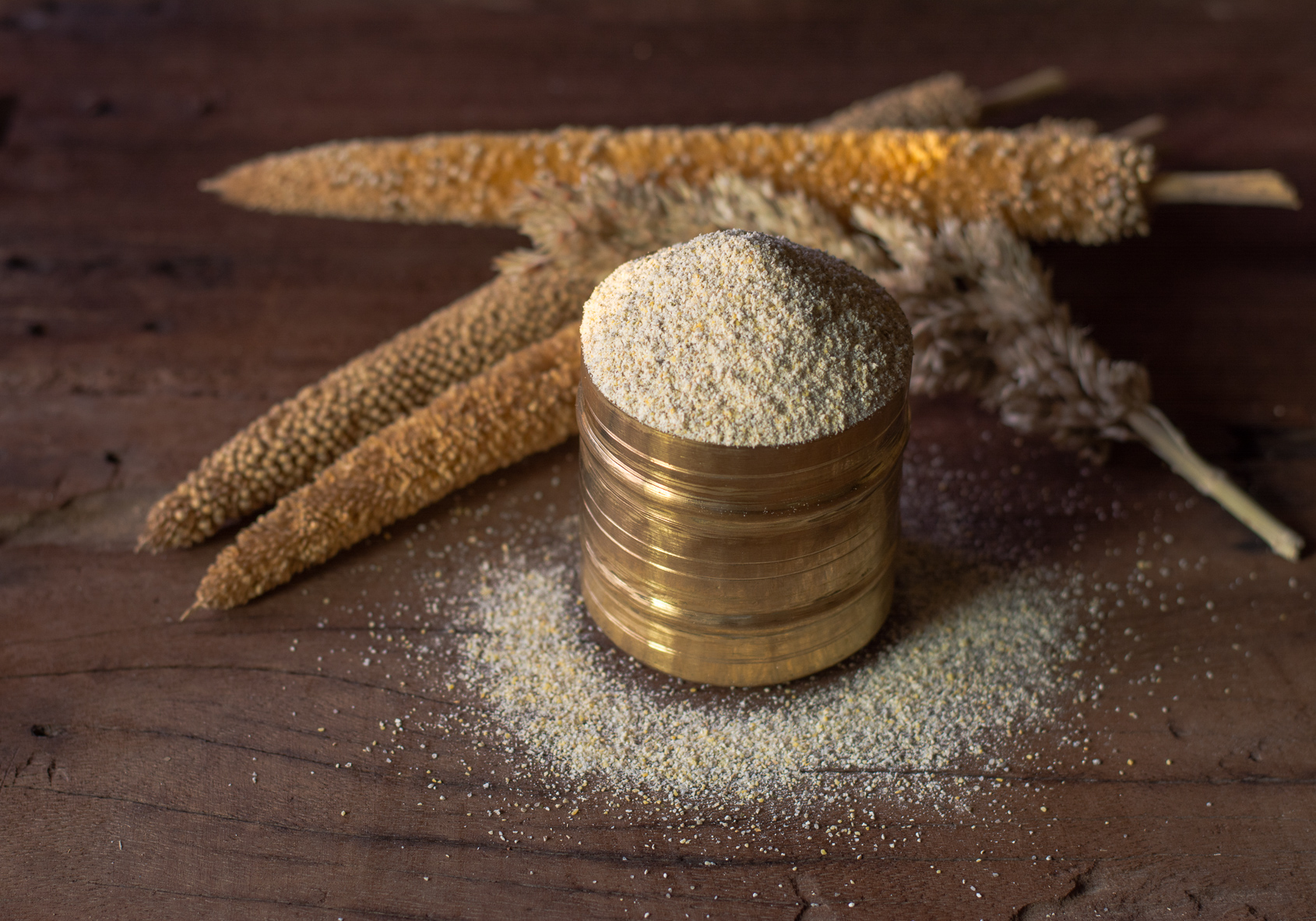
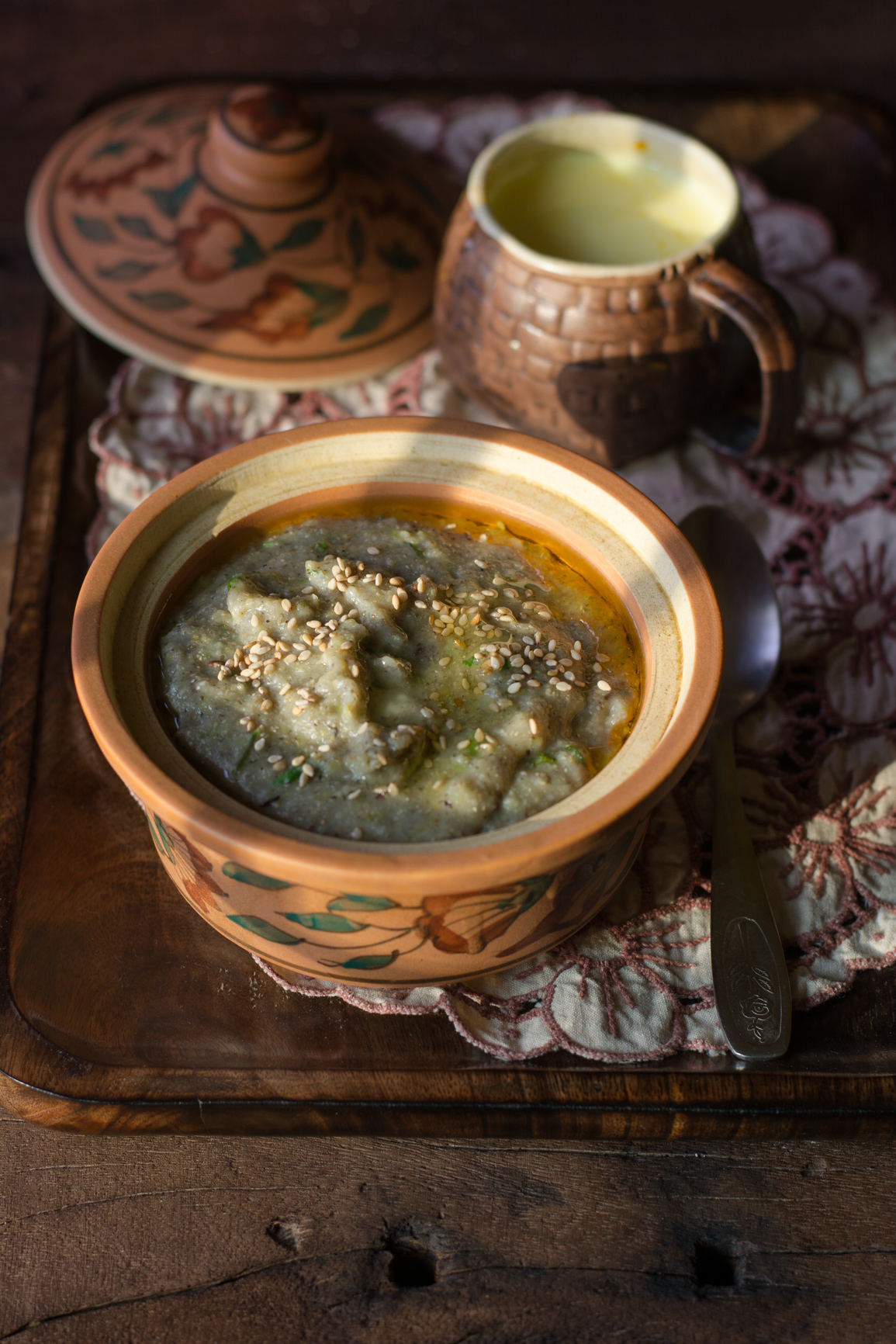
Bhaidku - the multigrain breakfast porridge
Ingredients
- 1/2 cup Bhaidku mix
- 2 cups water
- 2 green chillies, minced
- 1 inch piece of ginger, minced
- 3-4 cloves garlic, minced (when in season use finely chopped green garlic shoots)
- 1/2 teaspoon cumin seeds
- 1/2 teaspoon sesame seeds (optional)
- 1 spring curry leaves (optional)
- 1 teaspoon oil
- salt to taste
Instructions
In a bowl take the Bhaidku mix and add one cup of water. Mix it to a smooth paste.
Place a kadai or pan on medium flame. Add the oil to the kadai.
Once the oil has heated up add the jeera, sesame seeds and curry leaves if using.
Once the seeds start crackling up add the minced chilies, ginger and garlic. Sauté for couple of minutes.
Add the remaining one cup of water and salt. Bring it to boil.
Once the water starts boiling add the Bhaidku mix paste.
Mix well to a smooth consistency. keep stirring.
Once the mixture starts cooking it will begin to thicken up.
Allow the mix to thicken up to a saggy dough like consistency.
Turn off the flame. Cover and let the cooked Bhaidku seat for 5 minutes.
Serve hot with ghee and milk. Buttermilk is also an option to serve the Bhaidku with.
Notes
It is important to remember the ratio of Bhaidku mix to water which is 1:4.

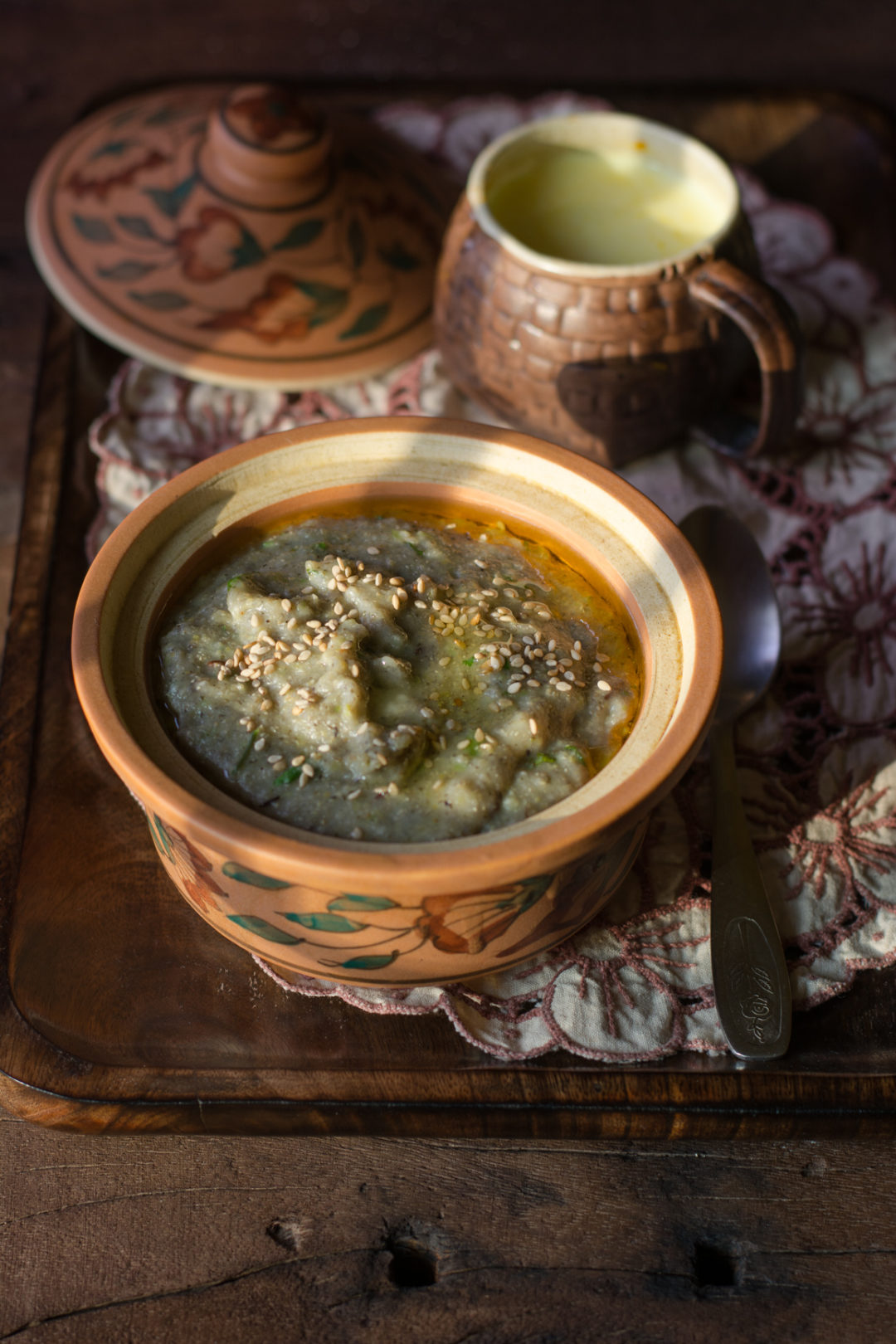

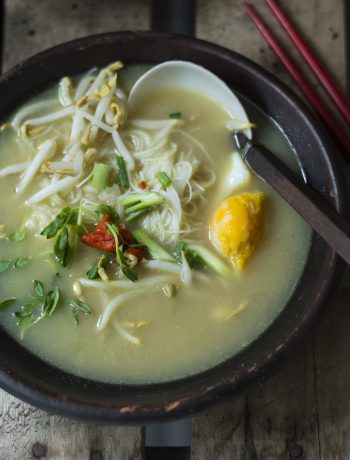
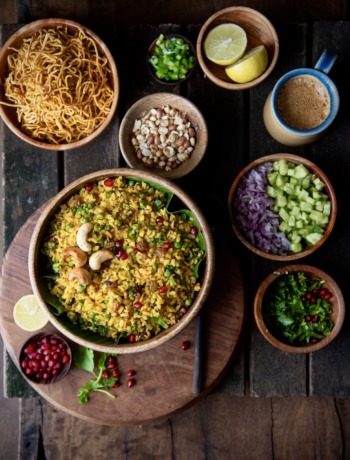
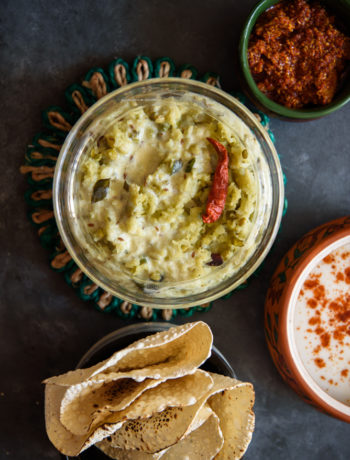
4 Comments
Heta Sanghvi
July 28, 2020 at 5:46 amBeautiful post I must say! Do you know how to make bhaidku mix?
Sheetal
July 28, 2020 at 1:01 pmThank you Heta!
I have mentioned how to make Bhaidku mix at home at the end of the narrative. It is a recipe shared by the neighbourhood flour mill. This is how they mill their saat-dhan bhaidku.
Ravi Srivastava
March 2, 2024 at 3:02 pmHow do we order it online for Dehli?
Sheetal
March 13, 2024 at 7:51 pmI have shared how to make Bhaidku flour at home on my Instagram feed.